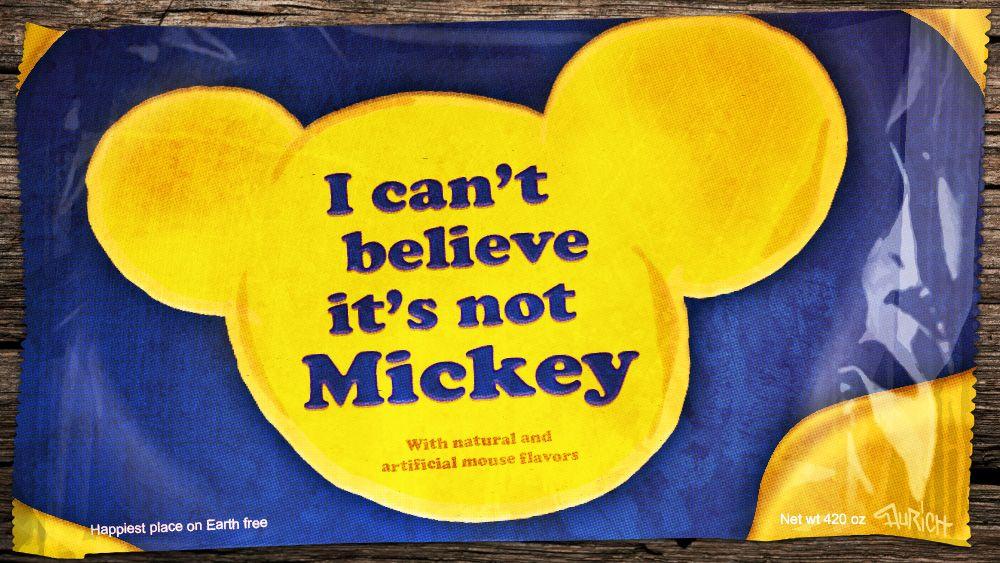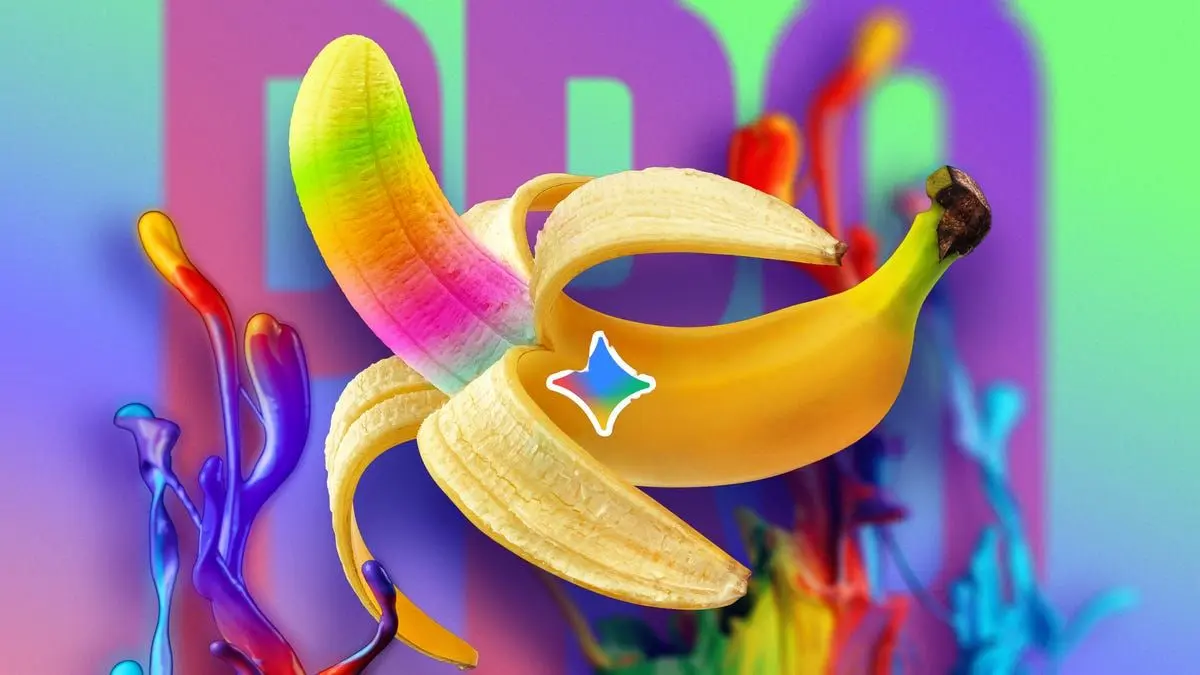Google's Nano Banana AI Image Tool: Expanding Reach and Capabilities
9 Sources
9 Sources
[1]
All Gemini Users Can Now Use the Viral Nano Banana AI Image Generator. Here's How
Google's viral, fruit-themed AI model nano banana is going to be easier to use than ever. The tech giant announced on Thursday that it is going to be generally available -- meaning you can use it for free and through Gemini -- and it's adding one of my most requested features, new default aspect ratios. It's a significant step forward and brings its AI photo-editing abilities to even more Gemini users. Google's new AI image model is formally named Gemini 2.5 Flash Image, but it got the nickname "nano banana" after a series of fruit-themed teasers from its executives. Early reviewers thought its capabilities were, well, bananas. Since its launch, the nickname "nano banana" has stuck. Here's why you might've been hearing so much about the AI tool. Nano banana has taken off dramatically in the past few weeks, especially compared to other AI image tools. Google reported that its users made over 5 billion AI images, and the model led to over 10 million new Gemini users in the first few weeks after nano banana's release. It also helped launch Gemini to the top of the Apple App Store's free app chart for a while. Although Google's invested in integrating AI everywhere, nano banana image editing seems to be making one of the biggest leaps for Google in the race to develop the best AI. As CNET's AI image generator expert, I put nano banana to the test to see if the model held up or if it was all simply AI hype. I found Google's nano banana impressive, with its refreshing focus on editing existing photos. There were still some slipups, which is to be expected with any AI service. But it was spookily good at adding new elements to my existing photos. If you're an AI enthusiast, or even someone who just needs a quick, custom photo edit, I do think it's worth exploring. To save you time, this guide is built on my real experience finding and playing with the model, along with some crowd-sourced tips for the best results. For more, check out our guides on creating AI images and writing the best AI image prompt. You can access nano banana in a couple of ways. You can now use it directly through Gemini, thanks to an October general release. You can also use it through Google's AI Studio and select 2.5 Flash Image as the model you want to use. Developers can also access the model through Vertex AI and the Gemini API. If you don't know what those are, you probably don't have access to them. So don't worry about it and stick with the AI Studio, which is open to everyone. You can also use nano banana through certain Adobe programs. Nano banana is available as a third-party model in Photoshop (for generative fill), Adobe Express and on its AI platform, Firefly. Those programs are also usually paywalled, but it's worth checking to see if you have access to them if you use some Adobe programs already. Make sure you select 2.5 Flash Image before you click generate, as Adobe has many third-party models available. As always, an important note about privacy: Google's general Gemini privacy policy says it can use the information you upload for improving its AI products, which is why the company recommends avoiding uploading sensitive or private information. And nano banana-edited photos aren't watermarked, so be sure to disclose that you used AI when sharing those images. Don't miss any of our unbiased tech content and lab-based reviews. Add CNET as a preferred Google source. Once you're in Gemini or Google's AI Studio, you can easily upload your image for editing. But like any AI image tool, your chances of success depend on how well you prompt the model. Here are some tips for using nano banana. One of the best things you can use nano banana for is adding new elements to an image you already have. But there are some other good use cases. Here are some ideas to help spark your inspiration, based on some of my favorite prompts I use to test AI services.
[2]
Nano Banana Is So Popular Google May Integrate It Into Some of Its Other Tools
(Credit: Zain bin Awais/PCMag Composite; shoaib majeed/Tatiana Pogorelova/via Getty Images) Don't miss out on our latest stories. Add PCMag as a preferred source on Google. Google's Nano Banana image-generation model has been the talk of the town ever since it was introduced in Gemini in August. Although a text-to-image generation tool primarily, users have been using it to edit photos, create figurines, and recreate old photographs. Within weeks of its launch, Nano Banana had completed over 200 million edits and given rise to several social media trends. Following the success, Google may be planning to integrate the image model into some of its other apps and services. As Android Authority reports, hints of Nano Banana have appeared in the code for the Google app on Android. The image model appears across various elements of the app, including AI Mode for Search, Google Lens, and Circle to Search. Android Authority first spotted the image model on the AI Mode earlier this month. A beta version of the Google app showed a refreshed layout of buttons for AI Mode's prompt box, with an option to "Create images." That is exactly how Google describes the tool in Gemini. Later, the outlet found Nano Banana integrated into Lens and Circle to Search with version 16.40.18.sa.arm64 of the Google app for Android. With Lens, when you point your camera towards an image or text, the navigation bar displays a new option called "Create" along with Nano Banana's famous banana logo. When you first hit the button, you're invited to "capture, create, and share." After that, the process is as usual. You describe the edits you want to make on the image you just captured. With Circle to Search, though, the feature isn't as polished right now. The Create button appears as an option in the menu above the selected portion, but it isn't responsive, Android Authority notes. While Google hasn't officially announced the introduction of Nano Banana to the Google app, one of its executives dropped a major hint on X. Rajan Patel, Google's VP of engineering for Search, reshared Android Authority's post and wrote "keep your [eyes emoji] peeled [banana emoji]." Notably, Android Authority also found hints of Nano Banana's arrival on Google Photos last month.
[3]
Google's latest AI photo-editing tool means you might not need Photoshop
We're now used to generative AI being able to create images from text prompts. These tools continue to get more sophisticated and versatile -- even though plenty of questions remain around energy use, copyright infringement, and long-term impacts. The latest major upgrade to roll out in this category of AI is for Google's Gemini app. It's known as Nano Banana after the codename it had while still in testing -- officially, it's called Gemini 2.5 Flash Image. In addition to general improvements, it really excels in image editing, which is where generative AI has previously struggled. Edits wouldn't be consistent, or would change the wrong parts of pictures, or wouldn't follow instructions properly. "This update enables you to blend multiple images into a single image, maintain character consistency for rich storytelling, make targeted transformations using natural language, and use Gemini's world knowledge to generate and edit images," says Google. With Gemini 2.5 Flash Image, you can be much more specific and precise in your modifications, so it's almost like having instant access to a Photoshop expert. We've collected some of the best ways to use it in the Gemini app on the web. To get started, click the tools slider icon in the input box, then Create images, and then click the + (plus) button to pick your source image. As always, anything you input into Gemini can be used to further train Google's AI models and may on occasion be seen by human reviewers -- so avoid sharing anything sensitive or confidential. To stop this from happening, you can tell Google not to save any of your chats or images in Gemini by clicking Activity in the left-hand navigation pane. Sometimes you're just going to want to change one specific part of a photo: Maybe you want the color of a car to be blue rather than red, or you need a lamp removed from a shot -- or you want a lamp added. This is where Gemini can get you fast and effective results without the need for a full image editor. Let's say you've got a picture of someone doing something but you're not fully happy with the way they look, although you want to keep most of the scene intact. Once your image is loaded, use a prompt like "change her jumper color to red" or "give him curly blonde hair" and Gemini will produce an output for you. The AI doesn't always give you perfect results, but works well most of the time. You should see your requested edit carried out, and the rest of the picture left unchanged. If you don't get exactly what you were looking for to begin with, you can try again with a slightly different prompt (although watch out for the usage limits) -- try and be as precise as you can in your requests. Think about some of the other edits you might turn to a proper image editing tool for, and Gemini will usually be able to pull them off if you describe them well enough. For example, you could ask to blur the background behind the main subject of an image, or tidy up some imperfections in a shot (maybe dust or scratches somewhere). Something else that the Gemini 2.5 Flash Image model excels at is taking an image or several images and transforming them in multiple ways. If you've got a self portrait, you can put yourself in an entirely new location or give yourself an entirely new outfit (or both) -- the AI should be smart enough to make sure the picture still looks like you. Try uploading a photo of yourself, then asking Gemini to change the backdrop behind you: Maybe you want to be at the beach, in a field, or to be lit differently. You can also keep everything the same in a picture, but adjust the time of day, or the weather, without it looking like an entirely new AI-generated scene. Combining images works really well too -- just select two or more pictures when you click the + (plus) button inside the prompt box. Give Gemini a picture of you and a picture of an outfit you've found online, and you can request an image of you wearing those clothes. Or, if you've got separate pictures of your dog and your cat, you can put them together. Combining images like this can require a bit more in the way of trial and error and careful prompting, so you might need to be more exact about how the images are put together. However, you should see Gemini keeping consistency across multiple images -- so your dog and cat (for example) will always look like your pets. As you get more confident with the sort of edits you can get Gemini to do, you can get more ambitious in your requests. Of course one of the most common tasks done in an image editor is removing objects from a scene, whether it's a random stranger getting in the way of your group selfie, or a stray item of clothing making your room look messy. To get rid of something in your picture, be specific about what you want taken out: Tell Gemini to "remove the person on the right and fill in the background" or "erase the red jumper that's on the floor". As long as there's enough information in the image for Gemini to be able to fill in the gaps, you should see the tweak made successfully. Of course Gemini can still create AI-generated people or objects as well as making edits, but you don't have to create an entire image from scratch -- you can add to something you've already got. Maybe you'd like to see what a bookshelf would look like in your study, or you want to fill out a street scene with more cars or people. Gemini will accept prompts like "put a cream couch along the back wall" or "add a yellow bus driving by in the background" if you're making additions. This is more reliant on Gemini's AI training, so you may need several goes and it, but bear in mind that you can always request additional edits or go back to the original image and start again.
[4]
Everybody loves Nano Banana, and now it's getting ready for Google Lens and Circle to Search
The Lens integration appears slightly further along, and mirrors what we've already seen from Search AI Mode. Nano Banana might be the best thing to happen to Google's AI offerings in a while, and over the last few weeks we've had a lot of fun checking out what the system can do -- even if it does seem to struggle a little with varying aspect ratios. We've already seen hints that Google has big plans for the tool, like integrating Nano Banana with Search AI Mode, and today we're looking into a few more places where Nano Banana appears to be getting ready to make an appearance.
[5]
Google's Nano Banana might expand across your phone soon
We all might be getting a lot more familiar with Google's Nano Banana. Nano Banana, Google's Gemini 2.5 Flash Image model, is an AI image generation and editing tool that lets users enter a text prompt to create images, but it's really known for its ability to edit images. And, now, according to a report from Android Authority, Google might be expanding access to the tool. Android Authority reported that Google is looking into integrating Nano Banana into its apps and services, including Google Lens and Circle to Search. Fans -- at least, the fans posting on Reddit -- love Nano Banana, saying it's "so incredibly useful" and "extremely good," so the expansion would likely fall upon welcome ears. Android Authority worked with a version of the Google Android app (16.40.18.sa.arm64) and found that Google is working on something that could potentially add the Live option back into Google Lens and, of course add the Nano Banana Create option to Search and Translate. This integration, Android Authority reports, is further along than the other noted Circle to Search integration Google is allegedly working on. Circle to Search is an Android feature allows users to circle, doodle, or scribble on something in a photo or video still and Google will search for it in that same window. Android Authority reports that the feature appears to be in the works, but its implementation is definitely in its infancy. The news outlet said that while the app surfaces a Create option, it is "not yet responsive to input in a way that does anything." Google did not immediately respond to Mashable's request for comment, but if Android Authority's report holds water, it looks like we'll all be seeing a lot more Nano Banana on Android devices.
[6]
You could access Google's Nano Banana image generator in more places very soon
What's happened? Google could be opening up its Nano Banana image editor beyond the Gemini app, with code and UI elements unearthed in an Android app teardown that indicate integrations for Google Lens and Circle to Search. A report by Android Authority claims to have found evidence of Google working on the expanded integration. Its APK teardown of the Google Android app revealed UI assets and strings for a "Nano Banana Create" option within Lens, including an animated intro and a Live capture path. Initial indications suggests the Nano Banana integration with Lens is more developed, with placeholders in Circle to Search that aren't yet active. Why is it important? Nano Banana is an innovative image-editing/generative AI tool, and it's also rumored to come to Google's Search AI Mode. Opening it up to Lens and Circle to Search would enable on-the-spot edit and create workflows in visual search and rapid capture apps. This would be another generative AI milestone, with the possibility of making AI edits more accessible for use in day-to-day phone activities. Why should I care? Nano Banana is proving to be a popular, and powerful image generator and editor, so having the tool available in other apps on your device will provide you easier access to its smarts. If you use Lens or Circle, Nano Banana might enable you to snap and iterate on a photo more quickly, elaborate on edits, and share outcomes without needing to switch app. What's next? APK teardowns forecast potential features but aren't guaranteed to be released, these features could either be confirmed or denied by Google in the future. Expect additional testing and rollouts if Google continues along this path. If you're looking to experiment with the imaging tool, Google has revealed where you should focus to supercharge your Nano Banana pics.
[7]
4 tips for using Nano Banana to create amazing images
With Nano Banana, Nicole can see herself in different outfits or professions -- all while still looking like herself. Nano Banana was built from the ground up to process both text and images at the same time. This native multimodal capability allows for a whole new range of applications and creative possibilities. Instead of only generating images based on a text prompt, the model can understand and incorporate an existing image into its creative process. It also doesn't treat each new request as a blank slate. By processing images in an ongoing, contextual way, it understands what it just created, allowing for more precise and consistent edits. And with advanced reasoning and Gemini's vast knowledge about the world, Nano Banana can interpret vague instructions and apply logic to fill in the blanks creatively and contextually. Here are a few ways you can put these new capabilities to work for you. One of Nano Banana's key strengths is its ability to maintain scene and character consistency across multiple edits and generations. The model can reuse the same characters while altering their outfits, poses, lighting or the entire scene, or even render them from different angles, all while preserving their likeness. "Subtle flaws make a difference when editing pictures of yourself or people you know well. A depiction that's 'close but not quite the same' can feel off," Gemini App Product Manager David Sharon says. "That's why Gemini 2.5 Flash Image makes photos of people and even animals look consistently like themselves. We've progressed from something that looks like your AI distant cousin to images that look like you." One prompt that's become especially popular? Turning photos into figurines.
[8]
Google reveals where you should focus to supercharge Nano Banana pics
The Gemini app's viral image model just got official tips for more consistent, precise, and imaginative results. What's happened? Google has published four official tips for using Gemini Nano Banana, the image model that has already powered over 5 billion creations since its debut in late August. These guidelines are meant to help users push creativity further while keeping control of their edits. Now the model can keep the same models and scenes, you can change the consistency, shape or angle of models, while retaining their likeness. It can now control only specific parts of the image, without changing other areas. You can use natural language to do things like colorize photos as Nano Banana understands the context better. Also, you can combine three images into one. You can now build your own app in Canvas or AI Studio, using the tool's powerful capabilities. This is important because: These tips clarify how Nano Banana can be used not just casually but purposefully. The model bridges advanced editing tools and intuitive AI assistance for creators at all levels. Pixel-perfect editing enables you to change a single detail - mimicking real-life photo editing. Consistency tools help maintain likeness across shots, rather than the whole image changing each time you re-edit. Gemini Canvas, the creative workspace built into the app, makes it easy to experiment with edits, templates, and app ideas in one place. Recommended Videos Why should I care? If you are into AI art, photo editing, app design, or creative expression, Nano Banana's strengths help streamline workflows and reduce reliance on multiple tools. You can use simple natural language prompts instead of complicated syntax or tricks. The ability to merge multiple images or sketches opens up remixing and new visual directions. Its contextual memory means you can refine work step by step without starting over. Restoring old family photos or colorizing history becomes easier with world knowledge baked in. Okay, so what's next? Google already hints at more updates and expanded creative features. As Nano Banana sees broader use, expect it to become even more central to Google's AI ecosystem. Look for new templates, context-aware generation, and multimodal expansion over time. Watch for community apps that remix or automate image transformations at scale. Nano Banana is becoming a core tool in Gemini's future, not just a novelty.
[9]
Google Lens and Circle to Search may soon let you edit photos with Nano Banana AI
Gemini 2.5 Flash update adds flexible aspect ratios for diverse image formats. Google is reportedly working on another major AI update within its Android ecosystem that may integrate Nano Banana in its Lens and Circle to Search functionalities. Over the past few weeks, the tool has been featured in early builds of the Google app, and it has already generated considerable buzz among testers and developers. Despite being in its experimental phase, Nano Banana might be one of the most creative visual AI features Google has introduced in a while. It has been grabbing eyeballs since its launch. The latest developments have been spotted by Android Authority in the version 16.40.18.sa.arm64 of the Google Android app, which contains early UI elements hinting at what's to come. While these features aren't yet visible to users, internal previews show that Google is expanding its Lens interface to include a new "Nano Banana Create" option, alongside the familiar Search and Translate modes. When users select the Nano Banana mode, Lens displays an animated welcome screen that encourages them to "capture, create, and share." The tool appears to allow users to upload an image and then describe, in easy language, the edits they'd like Nano Banana to perform, from object removal and lighting adjustments to artistic recreations. Essentially, it appears to be a seamless AI-powered image editor built directly into the Google app, similar to how the company integrated Search Generative Experience (SGE) last year. Interestingly, Nano Banana may also link with Search AI Mode, hinting at a deeper ecosystem connection across Google's AI tools. You could, in the near future, search, edit, and generate visuals all inside the Google app. Also read: From Canva to Coursera: Why so many apps are rushing into ChatGPT's new app ecosystem Meanwhile, Google has also rolled out the Gemini 2.5 Flash model. The update introduces new aspect ratio options, including Landscape, Portrait, Square, and Flexible, allowing users to generate AI images tailored for everything from cinematic scenes to vertical social media content.
Share
Share
Copy Link
Google's Nano Banana, an AI-powered image generation and editing tool, is gaining popularity and expanding its integration across various Google services, potentially revolutionizing photo editing for users.
Nano Banana: Google's Viral AI Image Tool
Google's Nano Banana, officially named Gemini 2.5 Flash Image, has taken the AI world by storm with its impressive image generation and editing capabilities. This tool, which gained its quirky nickname from fruit-themed teasers, has become a viral sensation, attracting over 10 million new Gemini users and generating over 5 billion AI images in just a few weeks
1
.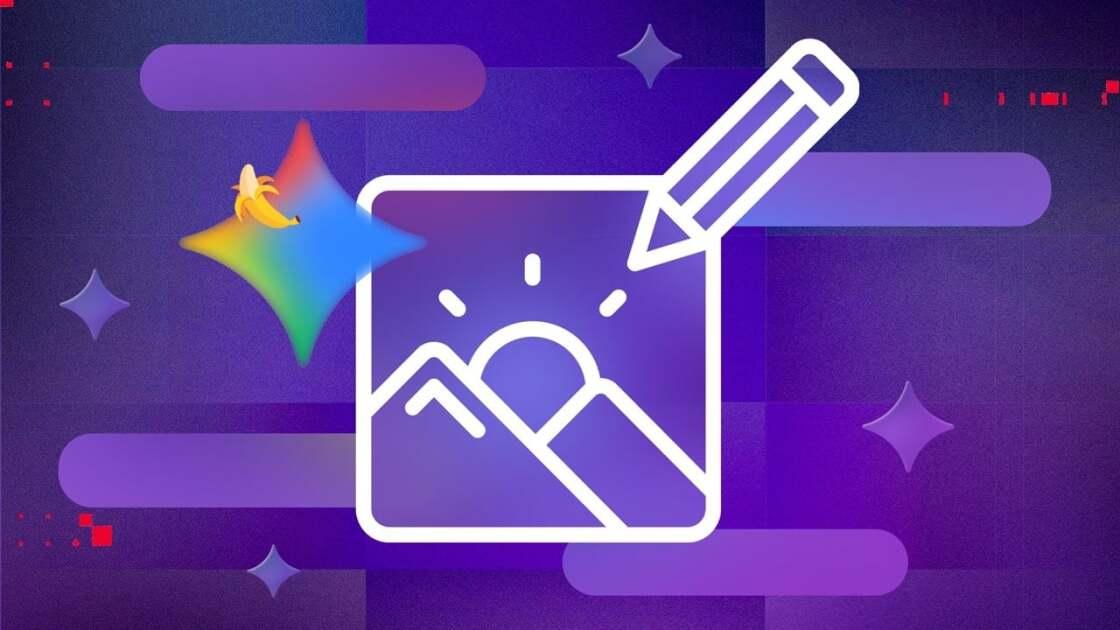
Source: PC Magazine
Widespread Accessibility and Integration
In a significant move, Google has made Nano Banana generally available to all Gemini users for free. This accessibility has contributed to its rapid adoption and popularity
1
. Users can access the tool through various platforms:- Directly through Gemini
- Google's AI Studio
- Select Adobe programs (Photoshop, Adobe Express, and Firefly)
Moreover, Google appears to be planning further integration of Nano Banana into its ecosystem. Android Authority reports hints of the tool appearing in the code for the Google app on Android, potentially bringing its capabilities to Google Lens, Circle to Search, and AI Mode for Search
2
4
.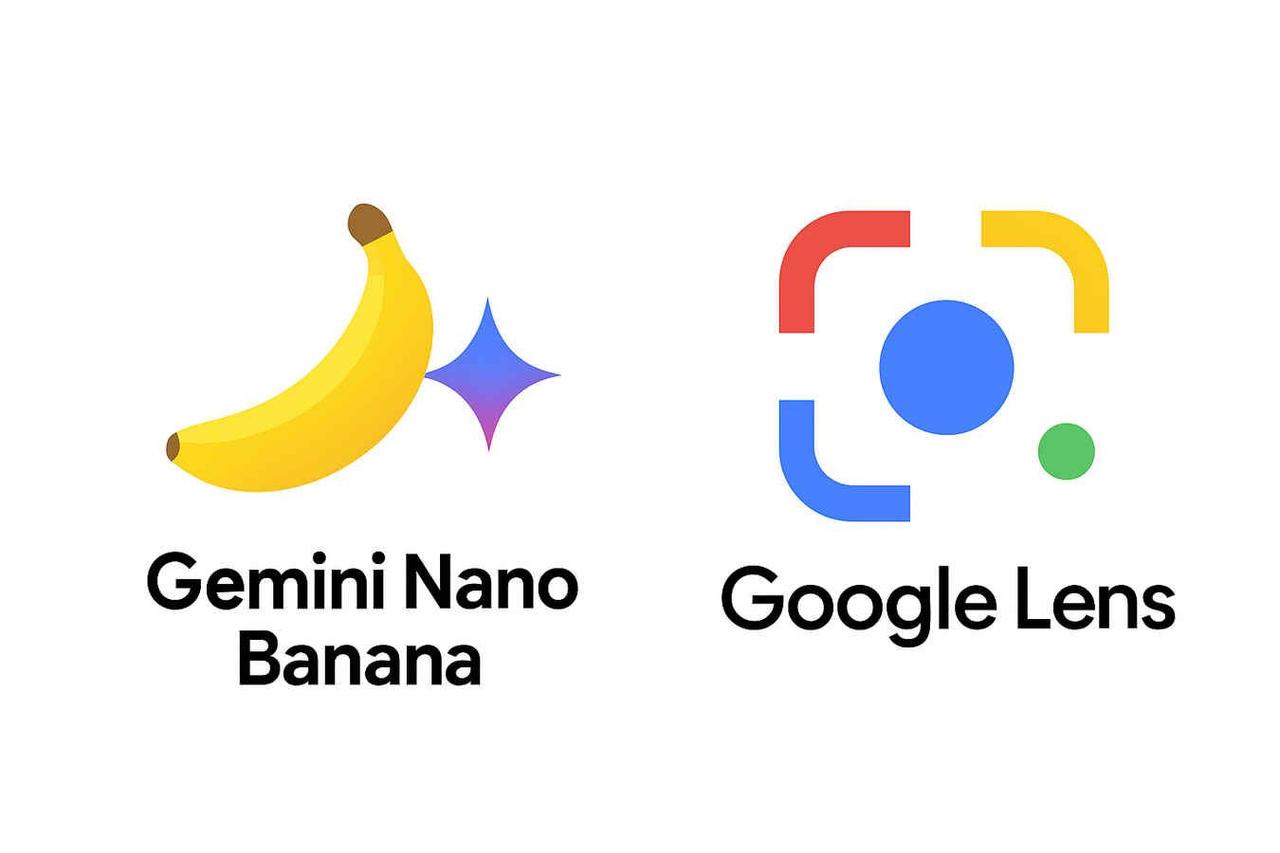
Source: Digit
Impressive Capabilities
Nano Banana stands out for its advanced image editing abilities, which have been described as 'spookily good'
1
. Some of its key features include:- Adding new elements to existing photos
- Blending multiple images into a single image
- Maintaining character consistency for storytelling
- Making targeted transformations using natural language
- Leveraging Gemini's world knowledge for image generation and editing
3
Practical Applications
Nano Banana's versatility allows for a wide range of photo editing tasks that previously required professional software like Photoshop:

Source: Popular Science
- Changing specific elements in photos (e.g., car color, hairstyles)
- Removing or adding objects to scenes
- Adjusting backgrounds, lighting, or weather conditions
- Combining multiple images creatively
- Removing unwanted elements from photos
3
Related Stories
User Experience and Limitations
While Nano Banana has been praised for its effectiveness, users should be aware of some considerations:
- Results may not always be perfect, requiring multiple attempts or precise prompting
- There are usage limits to be mindful of
- Privacy concerns exist, as Google can use uploaded information to improve its AI products
1
Future Implications
The success and potential expansion of Nano Banana across Google's services could have significant implications for the AI and image editing landscape. As the tool becomes more integrated into everyday applications, it may challenge traditional photo editing software and change how users interact with and manipulate images on their devices
5
.References
Summarized by
Navi
[3]
[4]
Related Stories
Google Expands Nano Banana AI Image Editor to Search, NotebookLM, and Photos
12 Oct 2025•Technology
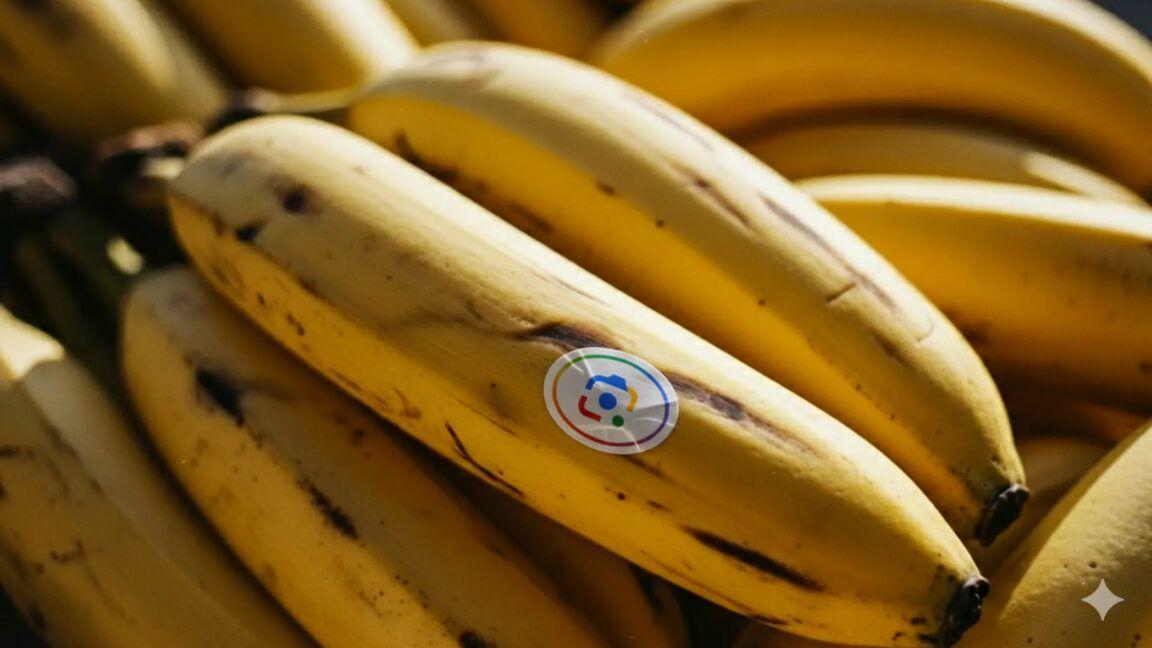
Google's Nano Banana 2 and Gemini 3 Pro Set to Revolutionize AI Image Generation and Coding
07 Nov 2025•Technology

Google DeepMind Unveils 'Nano Banana' AI Model, Revolutionizing Image Editing in Gemini
27 Aug 2025•Technology

Recent Highlights
1
OpenAI releases GPT-5.2 AI model after code red memo targets Google's Gemini 3 threat
Technology

2
Disney invests $1 billion in OpenAI, licenses 200+ characters for Sora video generator
Technology

3
Disney accuses Google of massive copyright infringement through AI-generated character images
Policy and Regulation
